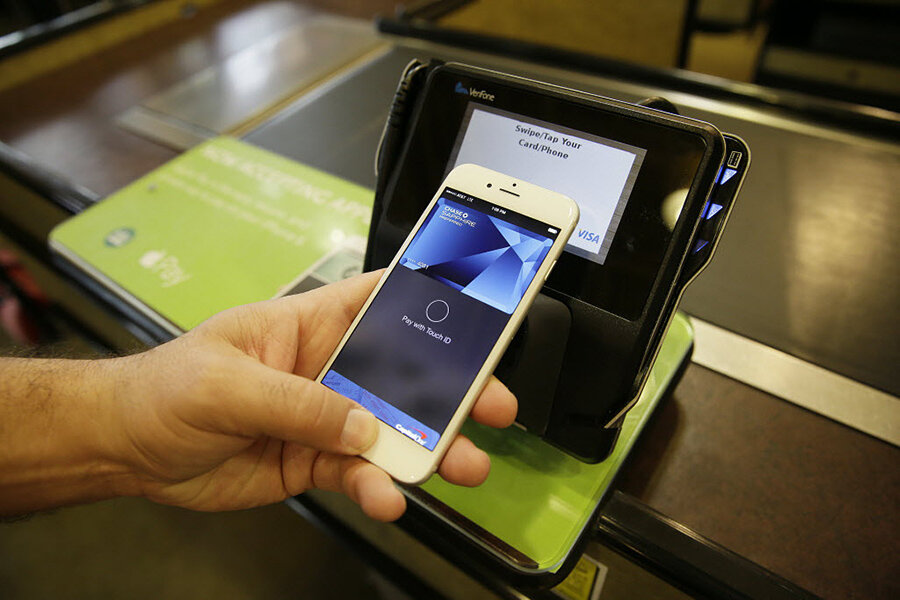M-Pesa
Launched in 2007 by Safaricom, a Kenyan telecom company that is an affiliate of European mobile giant Vodafone, M-Pesa (“pesa” is Swahili for money”) was an early pioneer in mobile payment.
Using a text-based system of messages that are secured with a PIN, it offers a variety of services, including money deposit and withdrawal, bill payment, and the ability to send money to friends and family, which is known as remittance.
In 2013, 43 percent of the country’s GDP flowed through the system, or more than 237 million person-to-person transactions. Part of the service’s ubiquity is arguably due to its simplicity and integration with an existing mobile carrier, which allows it to work with a variety of low-cost non-Internet enabled feature phones, in a nation where many people lack access to smartphones and landlines, as well as traditional banking.
AliPay
Created by the Chinese search engine giant Alibaba in 2004, this mobile payment service features no transaction fees. It became a standalone product in 2010, racking up 350 million users in China, where users often use smartphones for smaller purchases such as transit, food, and drinks.
Flous
This mobile wallet service was created by telecom company Etisalat, which serves many countries in the Middle East and Africa, providing a variety of payment services. In Egypt, Tanzania, Cote d’Ivoire, Benin, Togo, Niger, Nigeria, and Gabon, customers can make in-store mobile payments, while a mobile wallet and NFC technology is available through the service in Egypt.
It was first launched in Egypt in 2013 through a partnership with MasterCard and the National Bank of Egypt, racking up 17 million users by the end of 2014 who are using either a mobile wallet or virtual credit card numbers across 12 countries.







